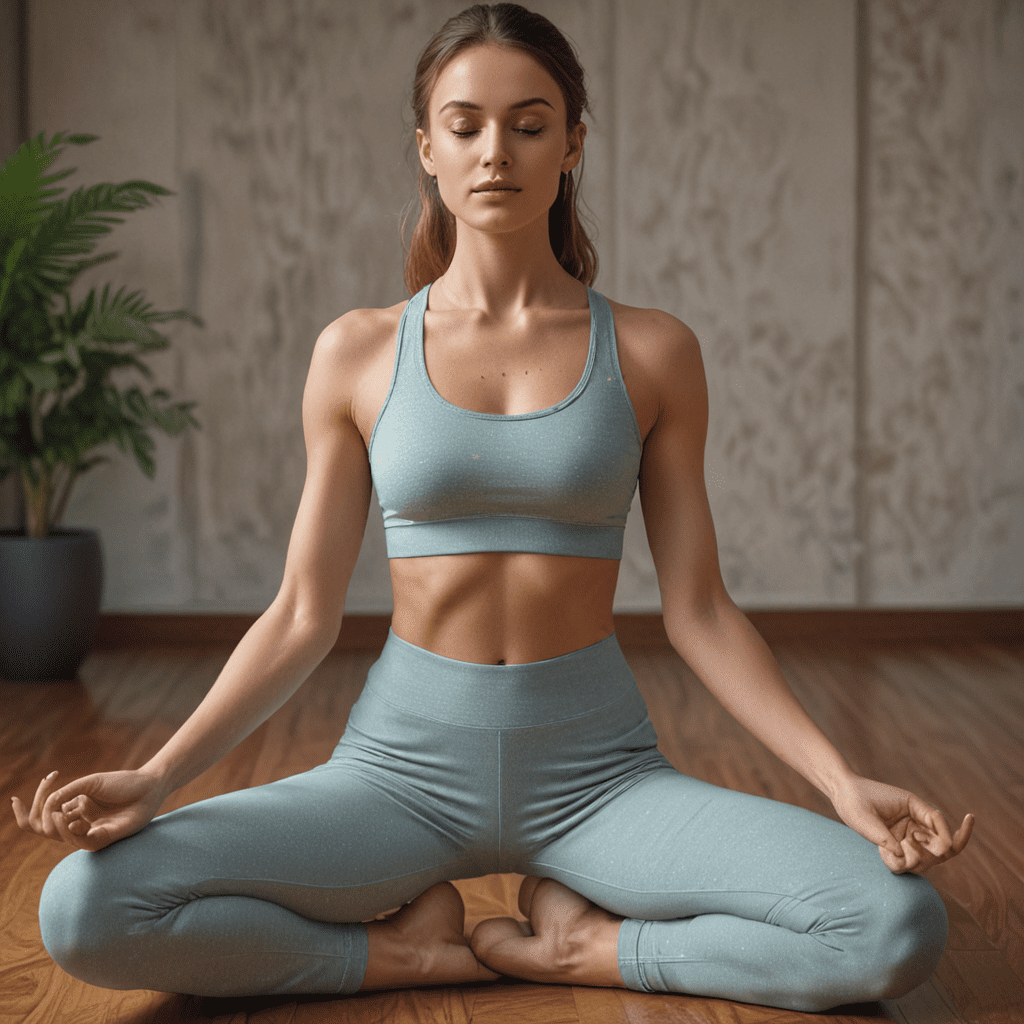
1. Introduction: What is Visualization Meditation?
Visualization meditation is a contemplative practice that involves creating mental images and scenarios to promote relaxation, clarity, and overall well-being. It harnesses the power of imagination to reduce stress and cultivate a sense of tranquility. Unlike passive meditation, which focuses on emptying the mind, visualization meditation actively engages the imagination to visualize desired outcomes and foster positive emotions.
2. Benefits of Visualization Meditation for Stress Relief and Clarity
Visualization meditation offers numerous benefits, including:
Stress Reduction: Visualization helps calm the nervous system and reduce the physiological effects of stress, such as elevated heart rate and muscle tension.
Improved Clarity: By visualizing clear and focused mental images, practitioners enhance their ability to concentrate and improve their cognitive function.
Heightened Creativity: Visualization stimulates the imagination, fostering creative thinking and problem-solving abilities.
Increased Self-Esteem: Positive visualization practices can boost self-confidence and self-worth by replacing negative thoughts with affirming imagery.
Enhanced Emotional Regulation: Visualization helps regulate emotions, reducing reactivity to stressors and cultivating a sense of emotional balance.
3. Getting Started with Visualization Meditation
To begin visualization meditation, find a comfortable and quiet place where you can sit or lie down. Close your eyes and take a few deep breaths to relax your body and mind. Allow your thoughts to settle, and then gently shift your focus to your breath.
4. Step-by-Step Guide to a Basic Visualization Meditation Practice
Follow these steps to practice basic visualization meditation:
Choose a Visualization Focus: Decide on a specific outcome or scenario that you want to visualize. It could be a peaceful scene, a positive experience, or a desired goal.
Engage Your Senses: As you visualize, immerse yourself in the experience using all your senses. Imagine the sights, sounds, scents, tastes, and textures involved in the scenario.
Focus on Details: Pay attention to the details of your visualization, making it as vivid and realistic as possible. The more detailed your imagery, the more effective the meditation will be.
Feel the Emotions: Allow yourself to experience the emotions associated with the visualization. Feel the peace, joy, or motivation that comes with the imagined scenario.
Set Intentions: As you visualize, set clear intentions for the outcome you desire. This will help direct your energy and focus your practice.
5. Common Types of Visualization for Stress Relief and Clarity
Various techniques can enhance stress relief and clarity through visualization:
Nature Visualization: Imagine calming and serene natural environments, such as peaceful forests, tranquil beaches, or majestic mountains.
Positive Experiences: Recall or create mental images of happy memories, successes, or moments of joy.
Desired Outcomes: Visualize specific goals, aspirations, or positive outcomes you desire to manifest in your life.
- Sensory Visualization: Focus on visualizing specific sensory experiences, such as the feeling of warmth from sunlight or the sound of crashing waves.
6. Personalized Visualization for Individual Needs
Tailor your visualization practice to meet your unique needs and aspirations. Consider your personal goals, challenges, and preferences when selecting visualization scenarios. By aligning your visualizations with your specific intentions, you can enhance their effectiveness and create a more transformative experience.
7. The Importance of Imagery and Sensory Details in Visualization Meditation
Vivid and detailed imagery is crucial for successful visualization meditation. Engage your senses fully to make your visualizations as real and immersive as possible. Imagine the sights, sounds, smells, tastes, and physical sensations associated with the scenario you are visualizing. This sensory stimulation enhances the emotional impact of the practice and strengthens the connection between your mind and body.
8. Integrating Visualization into a Regular Mindfulness Practice
Incorporate visualization into your existing mindfulness routine to deepen your practice and enhance its benefits. Begin by practicing mindfulness meditation to cultivate present-moment awareness. Once your mind is settled, gradually introduce visualization techniques to expand your mindfulness practice. This integrated approach allows you to harness the power of visualization while maintaining a grounded and non-judgmental state of mind.
9. Overcoming Challenges During Visualization Meditation
It is common to encounter challenges during visualization meditation. If your mind wanders or you find it difficult to maintain focus, gently redirect your attention back to the visualization. Practice regularly to improve your concentration and increase the vividness of your imagery. Remember that consistency and patience are key to mastering visualization meditation.
10. Conclusion: Enhancing Well-being with Visualization Meditation
Visualization meditation is a powerful tool for reducing stress, enhancing clarity, and promoting overall well-being. By incorporating visualization into your mindfulness practice, you can cultivate a sense of peace, boost your creativity, and cultivate a positive mindset.Embrace the transformative power of visualization meditation and discover its profound benefits for your mental, emotional, and spiritual health.
FAQs:
1. How often should I practice visualization meditation?
Regular practice is essential for optimal results. Aim for daily sessions of 10-15 minutes or as часто as you can.
2. Is visualization meditation hard to learn?
Visualization meditation is accessible to all. With practice and consistency, you can develop your skills and enhance the effectiveness of your practice.
3. What if I can't visualize well?
Everyone has the ability to visualize. If you initially struggle, start with simple visualizations and gradually increase the complexity as you become more comfortable.
4. Can visualization meditation help with specific goals?
Visualization meditation can support various goals, including stress reduction, improved sleep, increased motivation, and personal growth.
5. How do I know if visualization meditation is working?
You may notice reduced stress levels, enhanced clarity, and a greater sense of well-being as you practice visualization meditation consistently.

